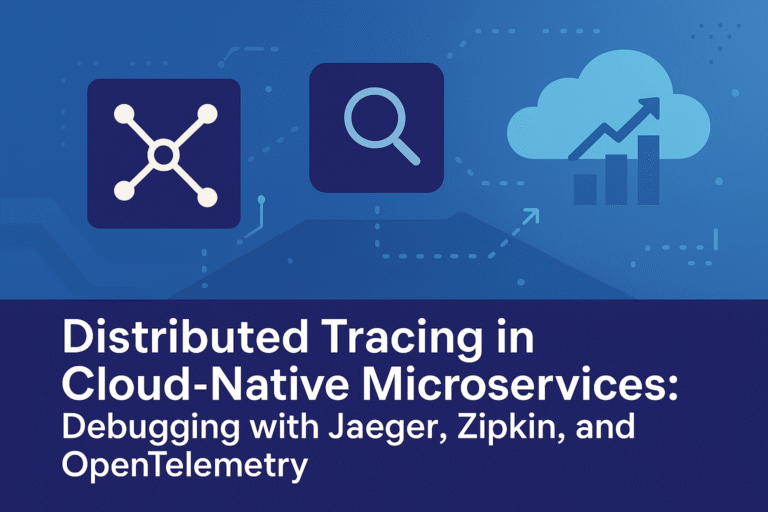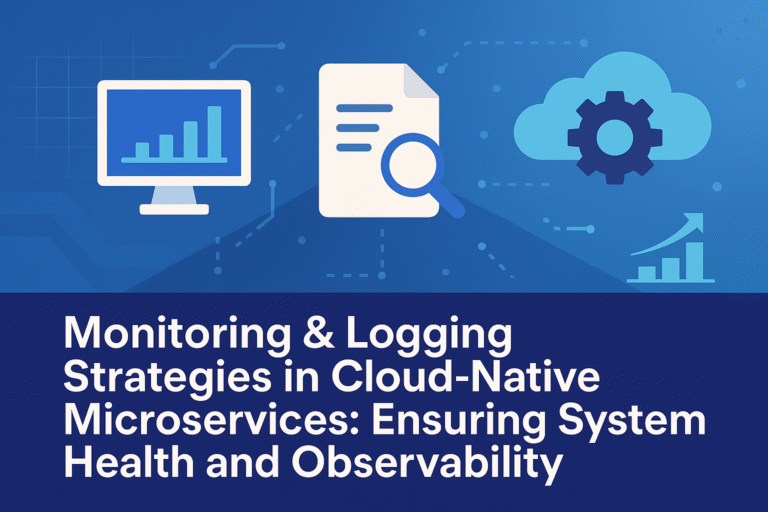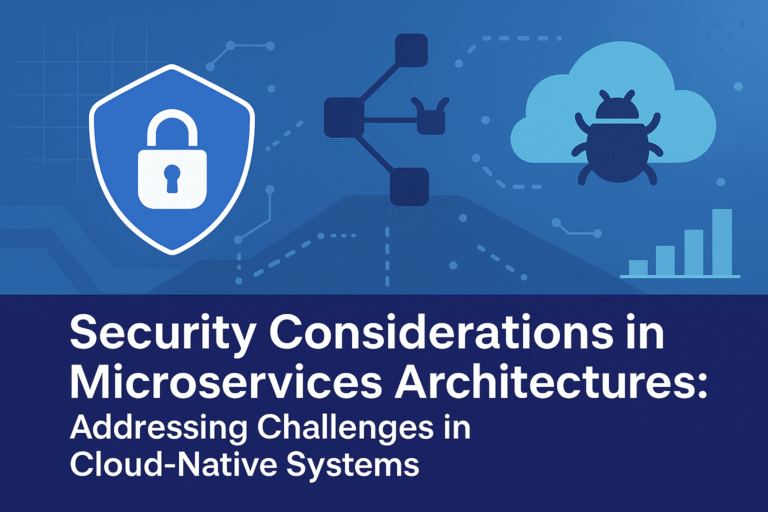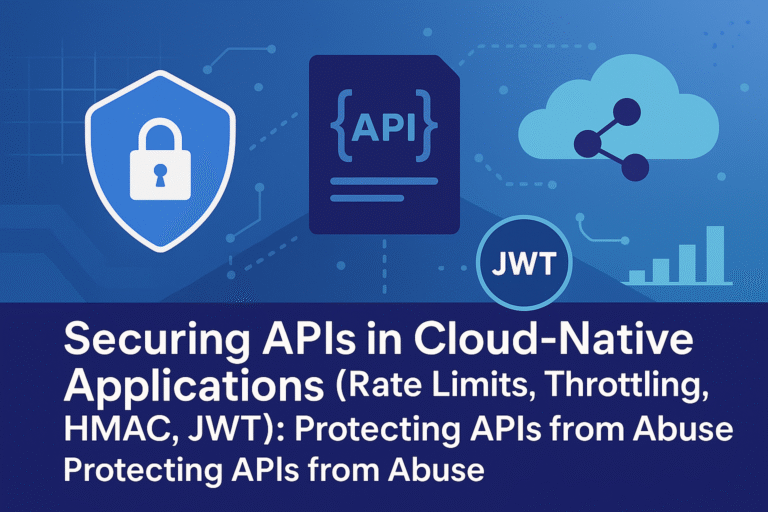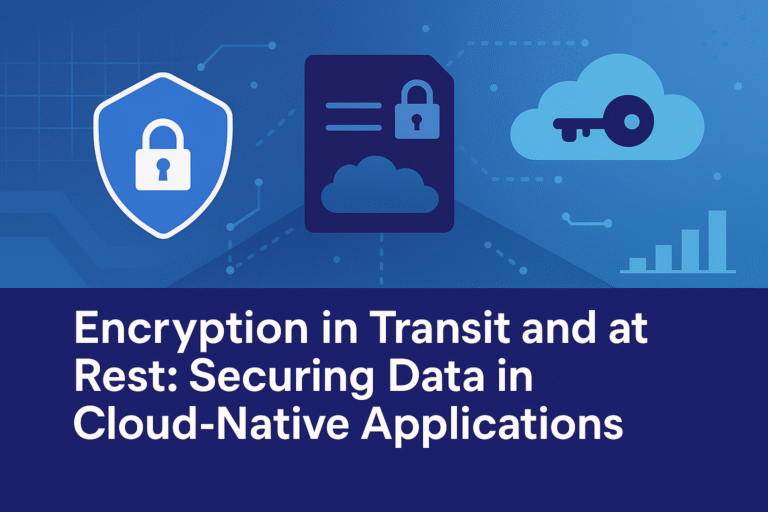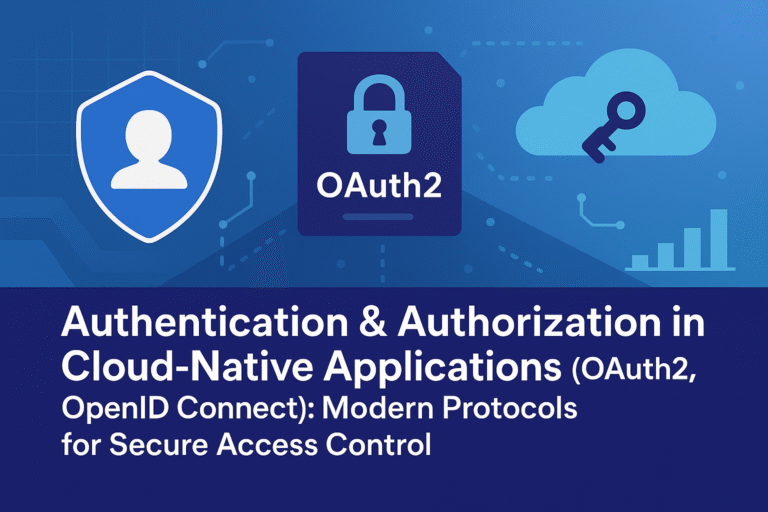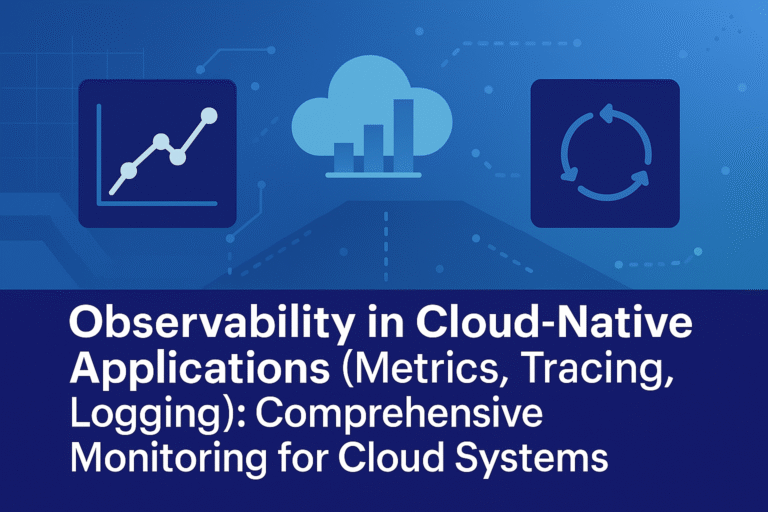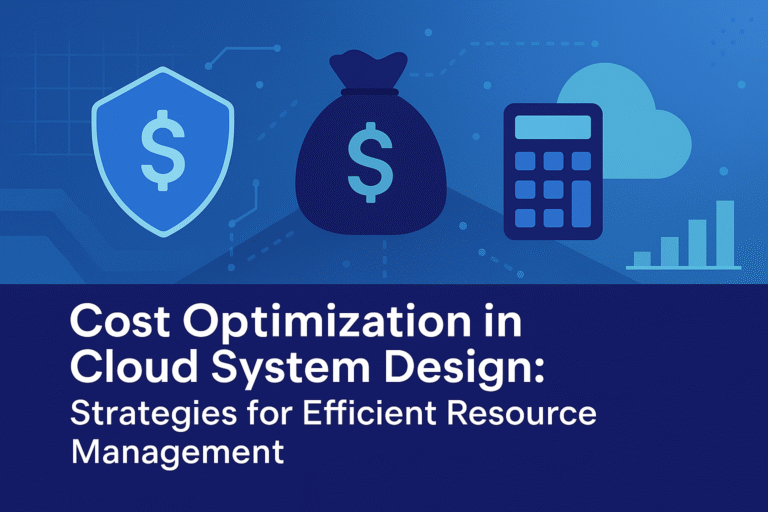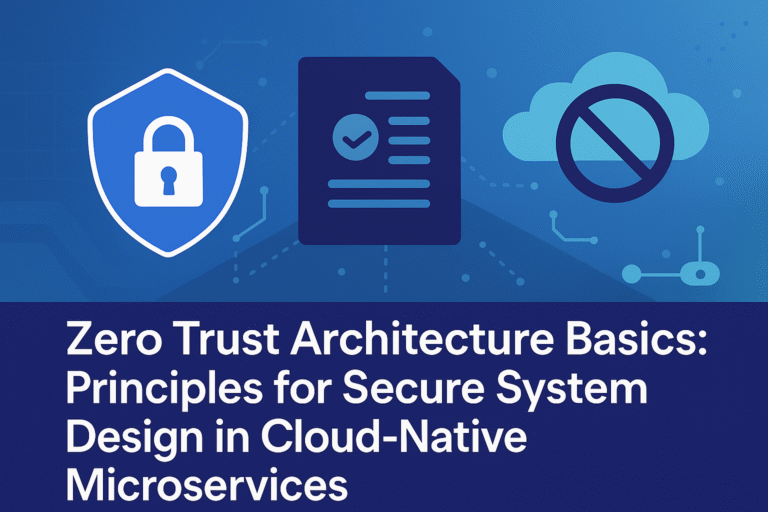
Zero Trust Architecture Basics: Principles for Secure System Design in Cloud-Native Microservices
Introduction Zero Trust Architecture (ZTA) is a security model that assumes no trust within or outside a system, requiring continuous verification of every user, device, and request to ensure secure access and data protection. In the context of cloud-native microservices,…

